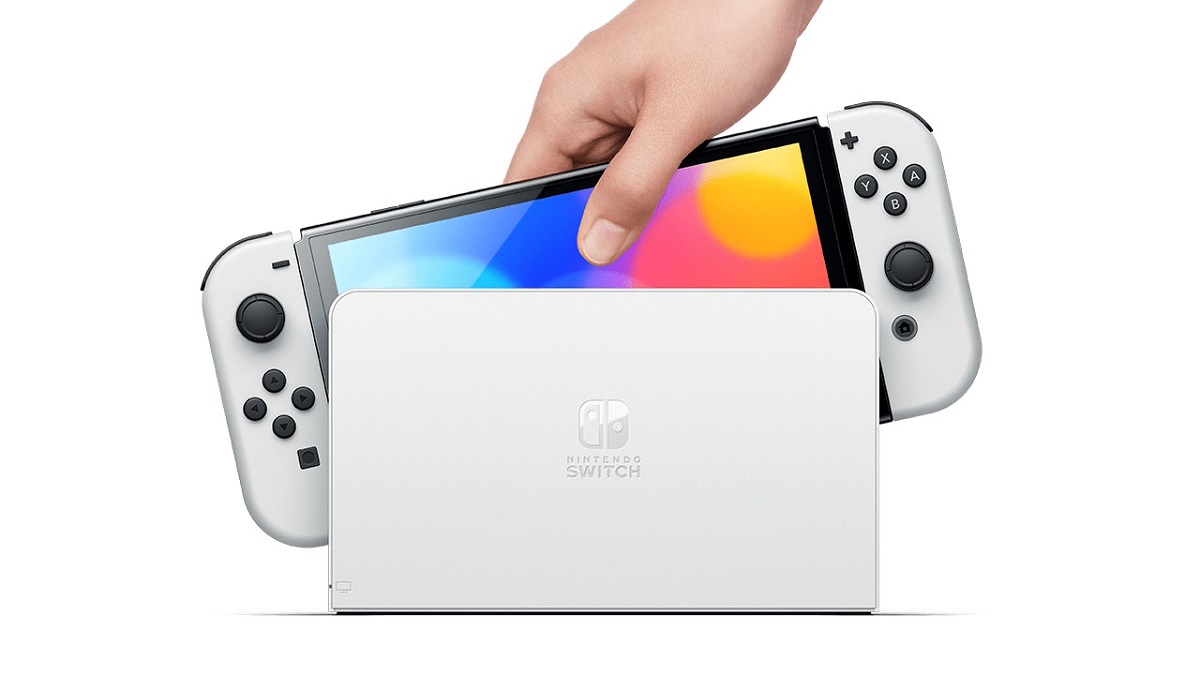Portable power!
The most popular current-generation console is a handheld. Computer companies with limited experience in the console market are jumping in with handhelds of their own. There’s no denying it: portable gaming is in the midst of a renaissance. But as companies continue to release handheld consoles, and as consumers continue to buy them, I’m struck by an interesting question: what was the last mainstream handheld game?
I’m not talking about a game that you can play on a handheld. At this point, you can play basically any game ever made on a handheld. I’m talking about a game built for handhelds, one that benefits from a smaller form factor, lower processing power, and increased portability. Handheld consoles are about as big as they’ve ever been… so where are all the handheld games?
Very important pockets
Think back with me on simpler times. Remember when companies like Nintendo and Sony would have two main consoles on the market at once? A chunky home device and its lean, mean, pocket-friendly little sister? And, crucially, remember when they had different libraries? There was a kind of separation of powers in those days, and it led to some really compelling design decisions.
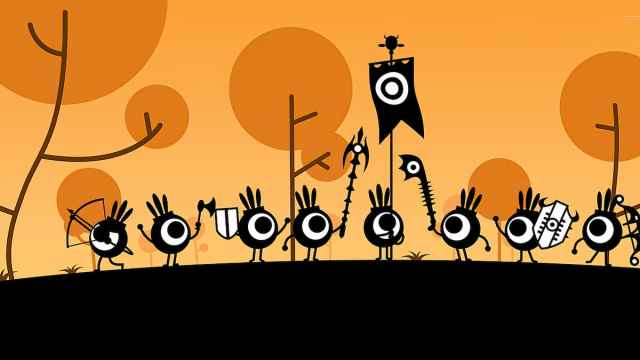
The limited power of the handheld has also always been of some import. Patapon, Loco Roco, and Echoshift are all wildly beloved PSP and Vita franchises, and it’s hard to imagine any of them connecting on the PS3. While home consoles were in the midst of a graphical arms race, pushing more and more cinematic stories, Sony was quietly publishing some deeply innovative and interesting titles on their dedicated handhelds. At home, you get Halo and The Last of Us. On the go, you get a rhythm tactics side-scroller.
Most of these games are designed based on a simple philosophy: a great handheld game is built on the idea that it will be played in your hand. It’s a game in which nothing is lost on the small screen, and, indeed, one in which something is gained. Patapon plays great on my PlayStation 5, but its miniature heroes, are built for a smaller world. The characters bear simple designs that are readable on a smaller screen. They address the player directly, assuming a level of intimacy that the PSP facilitates nicely. Most importantly, the tight, brief levels are the kind of thing that belong in a back pocket, not on a TV stand.
A delicious bite
When I talk about games that are truly built for handheld play, it’s hard to avoid Pokémon: I have long believed that the original Pokémon games would have faded into the realm of the cult classic on home consoles. These games are full of smart design calls that make them sing on the go. Of course, Pokémon has some pretty foundationally pocket-sized ideas. A game about going on an adventure and finding new things outside was undoubtedly able to more fully resonate with young children who could actually take it with them on their own mini-journeys.
Portability in Pokémon is baked into its ethos, but it also plays a meaningful role in its design. Battles are tactical, but they’re usually brief affairs. Every moment offers up the chance to see a cool new character, or to win a really tough fight. Satisfaction and engagement awaits around every corner… which also means every play session, no matter how bite-sized, is satisfying and engaging.
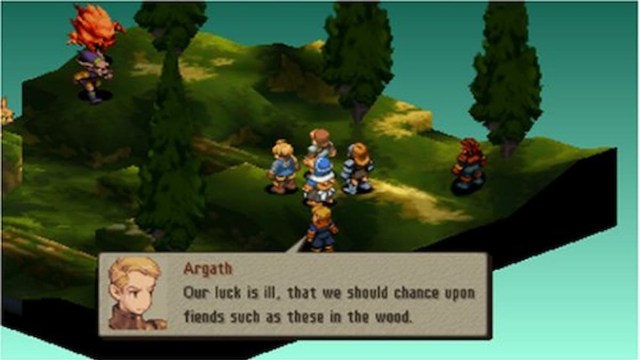
“Brief but satisfying” is the aim in a good handheld game. That’s also why a lot of homebound games earned a revival in the back seat of Mom’s car. Series like Final Fantasy and Persona earned second lives through handheld ports – where sprawling RPGs with intense stories were once considered TV-oriented affairs, ports like Final Fantasy Tactics: War of the Lions and Persona 4 Golden posited that a sixty hour game with three minute fights might actually be more digestible on the go. These games were already satisfying in bursts, so they made for a natural fit on the PSP and PS Vita. Likewise, Tetris‘ earliest releases were on Soviet home computers, but its most iconic incarnation was on the original Game Boy. As it turns out, people like score-chasing dopamine hits in their pockets.
A necessary lifeline
Handheld design philosophy also left the door open to iterate on home concepts. When home gaming systems entered the 3D era, a lot of franchises made the jump with them. Handheld consoles needed games, too, but sprawling adventures didn’t always play as well on the go. That meant older design philosophy met with handheld design philosophy to keep certain corners of the gaming world alive.
I often think of Metroid Fusion. This was a 2D Metroid game released on the Game Boy Advance exactly one day before Metroid Prime, which would become the “main” Metroid series for the following twenty years. My personal opinions on Fusion aside, it is a great portable title. It’s fairly linear by necessity, because it is designed to be played in shorter bursts by more casual players. More notably, though, it’s an actual 2D Metroid game – I can’t help but feel that if the GBA wasn’t around, 2D Metroid might have disappeared entirely. As a matter of fact, when a new 2D Metroid game finally arrived on the Nintendo Switch in 2021, it was a retooled version of a DS game.
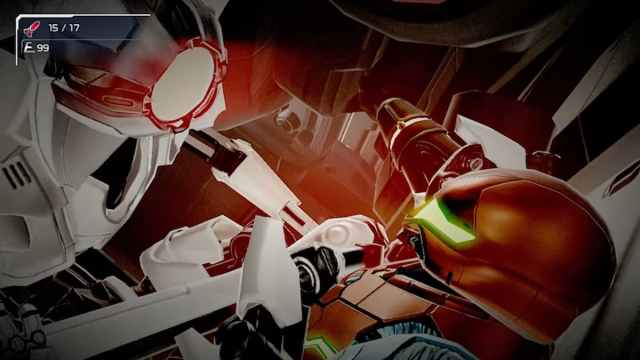
Super Mario Bros. and The Legend of Zelda followed similar trajectories: as the home console games got more expansive, the portable games tightened the bolts on classic concepts, offering up some of the best games in their respective franchises.
What now?
In 2023, the distinction between “handheld” and “home console” is becoming increasingly muddy. The Nintendo Switch, of course, exists to destroy that distinction entirely, serving as both Nintendo’s current generation handheld and its home console. Games made for the Switch need to be both home console titles and handheld titles (and the handheld bit usually cedes itself to the big-screen bit). The Steam Deck, similarly, is a handheld that plays PC games. At least for now, basically nothing is built for the Steam Deck. It also bears mentioning that, while they do fit in your hand, neither of these consoles are especially portable, so the “on-the-go” philosophy that defines games like Pokémon isn’t something developers need to consider.
I think the impact of this has been almost instantaneously obvious. It seems unlikely that we’ll ever get, say, a new 2D Zelda game on the Switch. When an old 2D Zelda game was brought over, it was prettied up and converted to 3D to make it look and feel less like a handheld game. Sony has seemingly given up on its handheld platforms entirely. The company offers PS4 and PS5 remote play on mobile devices, as well as a meager offering of remastered PSP titles for its home consoles, but looking at a list of Sony-published games from the last several years, it’s apparent that the portable design philosophy has vanished.
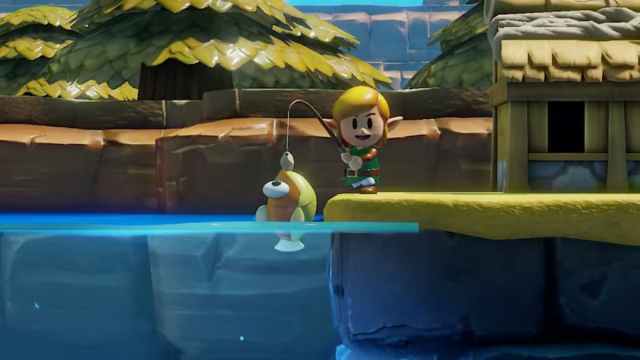
There have been proper handheld games developed and released more recently – Panic’s Playdate, for example, is a comically underpowered monochrome handheld with a dedicated and compelling library. It’s become something of a safe haven for independent developers looking for a quirky platform where smaller games can flourish. Developers want to make new games like Patapon, and the Playdate offers them that space. While there are plenty of Playdate games that would be comfortable enough on home consoles, the most beloved titles on the platform tend to be games like Bennett Foddy’s Zipper, a tactical RPG full of brief, satisfying encounters.
In terms of mainstream consoles, though? We’re pretty much out of luck. Every game made for Nintendo’s flagship handheld must necessarily be made for its flagship home system, and nobody else is even trying to offer a smaller counterpart to their massive offerings. There’s a portable hole in the market, and I truly hope someone comes along to fill it.
